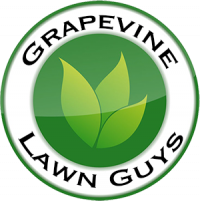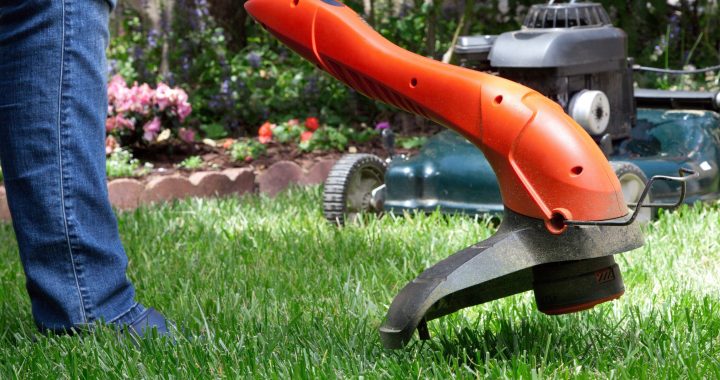Whether you can not afford to hire someone or you feel like doing it yourself, doing your lawn care can be a rewarding experience. The good thing about making your lawn is you will know exactly what shape it is in, and what it does and does not need. It is also a great exercise, and you will save a little money at the same time. Getting started will not be so tricky and you will only need the necessary equipment to do it.
Gather your equipment
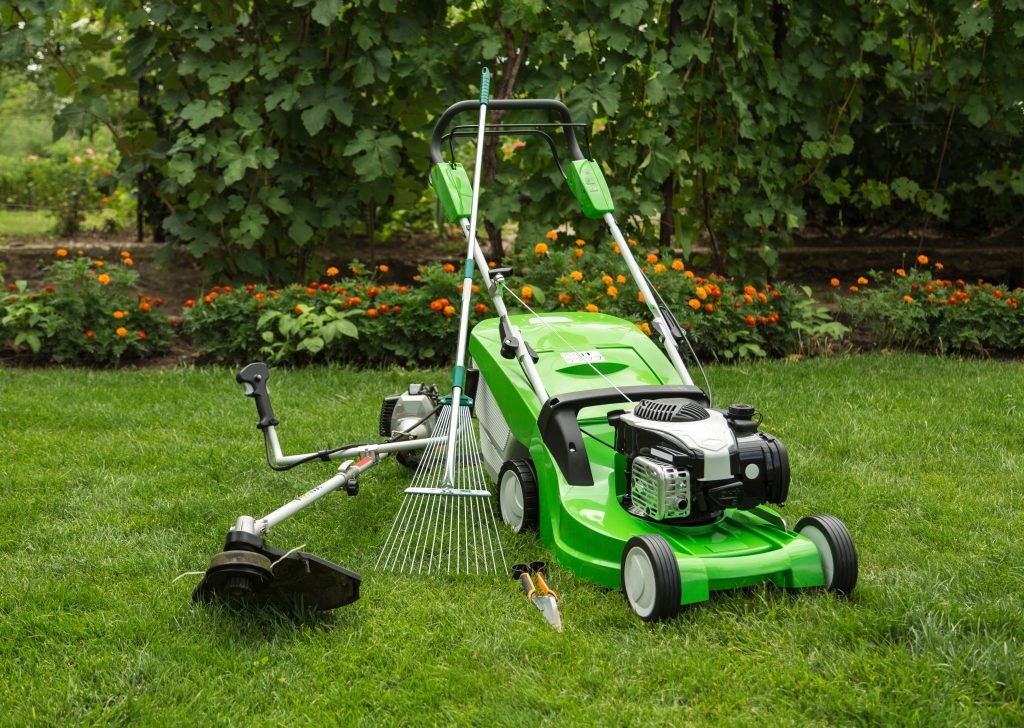
A Picture Showing Lawn Care Equipment
When doing your lawn care, you will need some necessary equipment to start with, such as a lawnmower, weedeater, grinder, and blower. You will be able to make your borders with a Weed Eater; it will be just a little more complicated. With a bit of Weed Eater operating practice, you should be able to do your trimming without a grinder. A grinder will make the job more comfortable, but if you are trying to save a few dollars, use a Weed Eater to do the job. You could do some unsightly scans when you start using it, but over time you will begin to feel like a pro. You can also sweep all the grass toppings away with a broom, to save a few dollars, but a fan also makes the job easier. Do not waste your money on the purchase of the most expensive equipment on the market. Stick with the most economical configuration that will do the job. If you have a larger surface to mow, spend a few extra dollars and go with a self-propelled lawn mower.
Establishment of an annex

A Lawn Mower
Healthy lawns are those maintained on a regular basis. Depending on the climate and the time of year, most lawns will need to mow at least once in seven days during the growing season. The health of your yard is, the less chance you will have a problem with the weeds that take it back. Do not cut your grass too short as it can hurt and deplete the nutrients in it. Cut your lawn to a height of 2 to 3 inches. The best thing you can do for you is to learn what type of herb you have and what it needs to be healthy. Also, keeping your flower beds lined on a regular basis, you will not have a problem with grass and weeds crawling into their lawn.
Keep the lawn watered
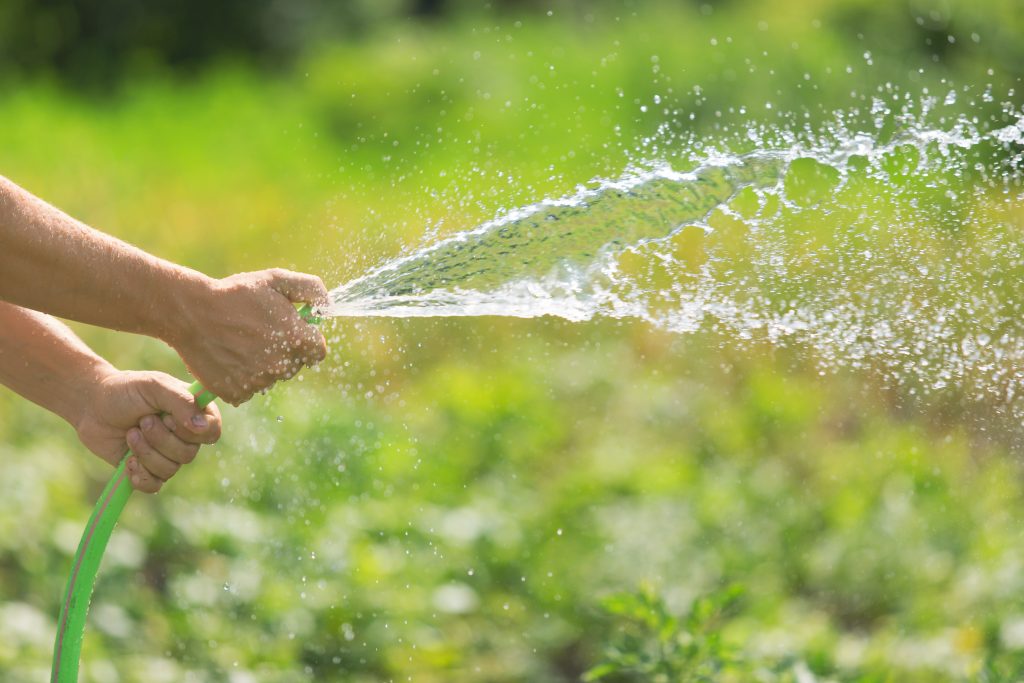
Watering the Lawn
Depending on the temperature, water your grass two to three times a week during the warmer months. In colder times, once or twice a week should do. Make sure when you make water that you do so profoundly. This will aid the root system of the lawn to develop deeper roots. By giving your lawn light doses of water, you run the chance of developing lawn roots and shallow infiltrating weeds. In periods of heavy rainfall, you can reduce the water, and in times of drought, you may need to increase its frequency. By overwatering your lawn, you will deplete the nutrients and open the grass for a weed invasion.
Fertilization and weeds
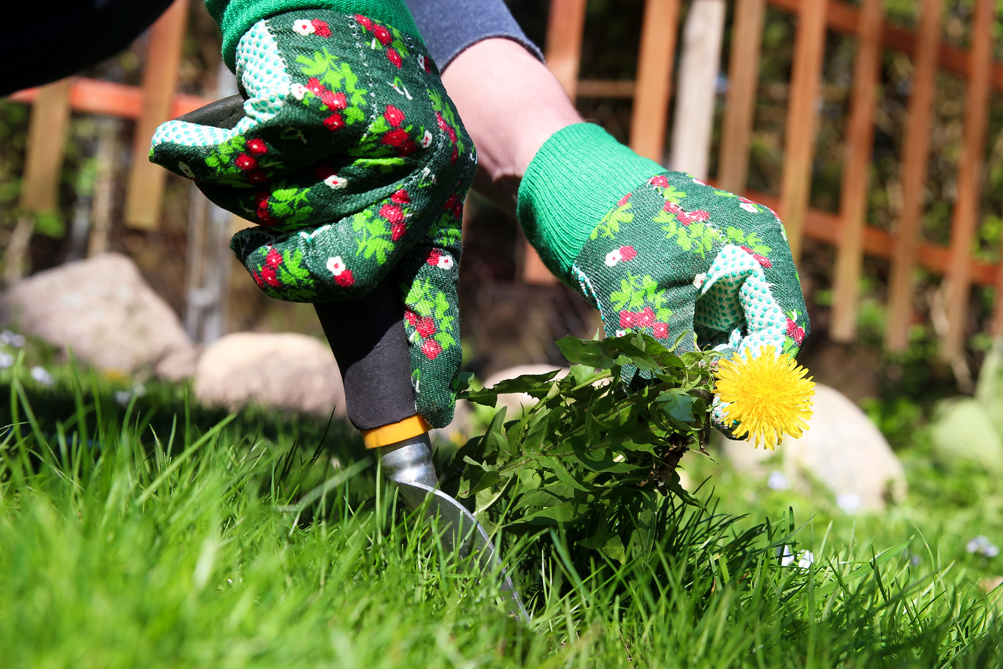
Pulling of Weeds
Fertilize your lawn with an all-purpose lawn fertilizer every quarter. If you live in a cooler climate, you will probably need to fertilize your lawn three times a year. By keeping your herb fertilized regularly, you maintain its health, and it will be less prone to diseases. In early spring, you can apply a pre-emergent herbicide on the lawn to care for all the weeds before they start. If weeds become a problem, you can use a liquid herbicide to the affected areas or apply a weed and granular feed. It’s best to take care of the weeds as they begin to grow instead of waiting for them to make more than one area. When dealing with your flower beds, you can pull the weeds out of the herbicide by hand or use, designed specifically for the control of flowerbed weeds. Be careful not to spray herbicide on plants you do not want to kill. If insects become a problem, bring a plant sample with you to your local garden center, so that you will be able to get the right insecticide to treat the problem.
Related:
